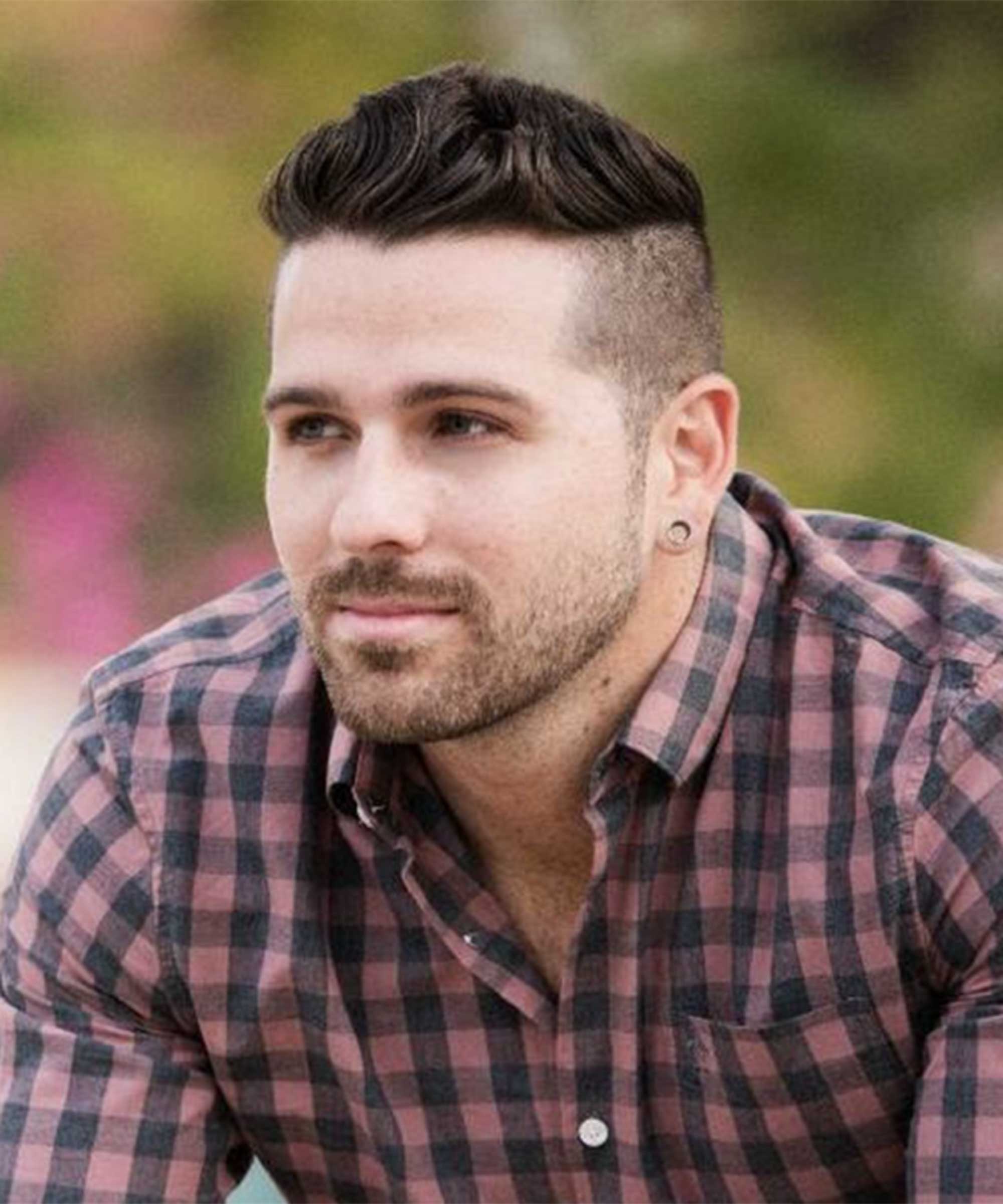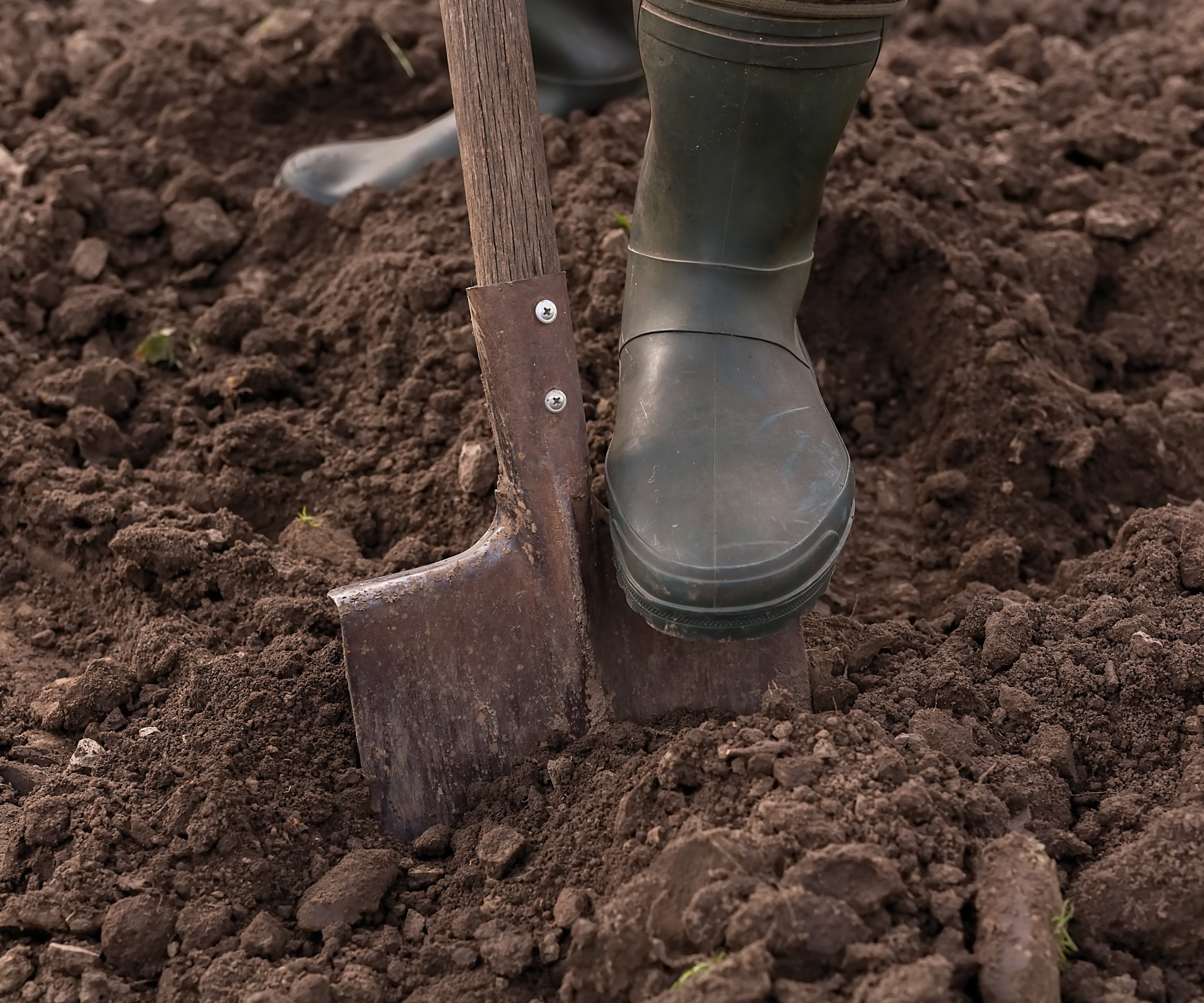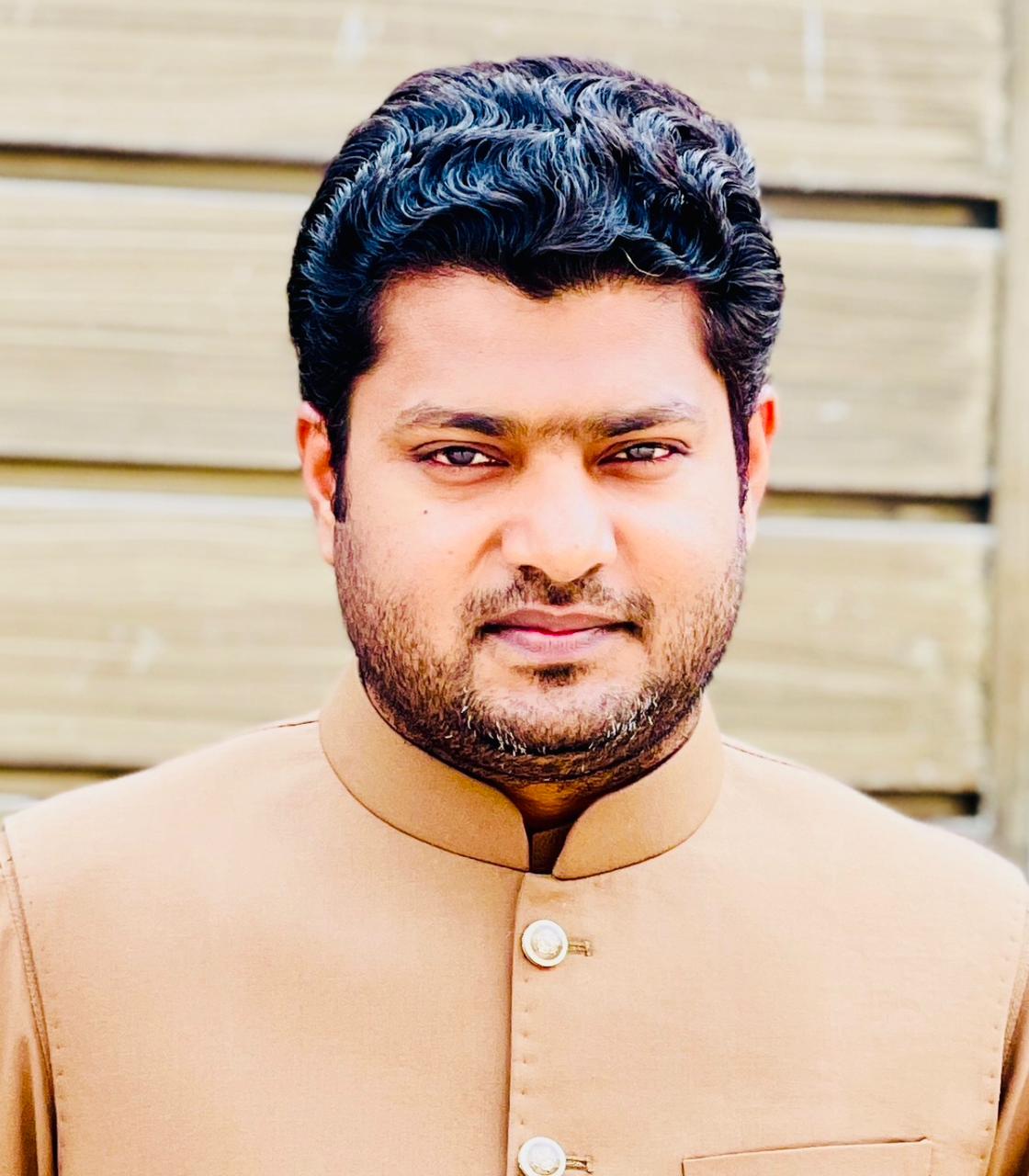How to turn over soil in your vegetable garden – to prepare for the new growing season
Discover how to turn over your soil to prepare your beds for next year's crops


Maintaining a vegetable garden requires dedication and effort, but the payoff is more than worth it. While it is important to maintain your garden throughout the growing season, it is equally important to prepare it for planting next year.
Unless you are a devotee of the no-dig gardening method, one of the jobs to add to your winter gardening checklist will be to turn over the soil in your vegetable garden.
Turning over your vegetable garden soil in winter helps to break up any compacted areas in the soil and allows air and water to circulate more freely. It also exposes any pests or diseases to the elements, which can help to reduce their numbers.
When soil is left untouched for a long period of time, it can become depleted of nutrients and may not support healthy plant growth. So, winter is the perfect time to give your garden soil some tender loving care.

How to turn over your vegetable garden soil in winter
Turning over your vegetable garden soil in winter is a vital step to prepare for the upcoming growing season. Below our experts share their advice.
1. Remove debris

According to Jeremy Yamaguchi, CEO of Lawn Love, the first step in turning over your vegetable garden in winter is to remove all the fallen leaves and debris from the soil. Approach this step with a hands-on mindset. Wear sturdy garden gloves, such as these ones from Amazon and use a rake to gently clear away any remnants of plants, weeds, or fallen leaves. You can of course collect these leaves and make leaf mold for use elsewhere in your yard.
Remove any weeds and level the ground. Some weeds can go dormant in the winter and resume growth in the spring, while others can drop seeds, so it's best to pull all of them rather than plowing them into the soil.
Design expertise in your inbox – from inspiring decorating ideas and beautiful celebrity homes to practical gardening advice and shopping round-ups.
Take a closer look at the garden beds, ensuring that no hidden debris is left behind. This hands-on approach sets the stage for a clean and fresh gardening canvas and helps prevent diseases and pests from overwintering in the soil.

Jeremy Yamaguchi is the CEO of Lawn Love, a company that's bringing high-tech solutions to the lawn care industry. Lawn Love has helped thousands of commercial and residential customers connect with the absolute best local lawn care professionals
2. Loosen the soil

The next step is to loosen the soil. Use a garden fork or a tiller such as the LawnMaster TE1016M Electric Tiller from Amazon to break up the compacted soil.
This process helps improve aeration and drainage, preventing waterlogging during winter rains. Breaking the soil into small clumps will make it easier for frost to penetrate and break down larger particles.
‘Focus on areas where the soil seems compacted, applying a bit of extra effort to break up clumps,’ says Zahid Adnan, founder of The Plant Bible. ‘This step isn't just about preparing the soil; it's a connection with the very foundation of your garden.’

Zahid is a renowned figure in the gardening industry, with extensive experience and hard-earned skills in horticulture. He is the founder and editor of theplantbible.com.
3. Add organic matter

Enrich your soil by incorporating organic matter. Compost, well-rotted manure, or leaf mold are excellent choices. Spread a layer of organic matter over the garden bed and use a shovel or fork to work it into the soil.
The best vegetable garden fertilizer for developing green crops is nitrogen; strong root growth is supported by phosphorus and potassium. If your garden isn't going to be planted with winter veggies, wait until spring to apply an all-purpose granular vegetable fertilizer.
This boosts fertility, enhances soil structure, and encourages the development of a thriving microbial community. You should aim to add organic matter at least twice a year for optimal soil health.
4. Check your soil pH levels

Test your soil pH using a simple soil testing kit available at Amazon, which will help determine what vitamins have depleted over the developing season. If needed, amend the pH by adding lime to raise it or sulfur to lower it.
Maintaining the right pH ensures that essential nutrients are readily available to your plants, promoting robust growth. Understanding your soil's pH can prevent nutrient deficiencies and optimize plant health.
5. Mulch the surface

The final stage is to mulch the top layer of your vegetable garden soil. Mulching helps regulate soil temperature, prevents erosion, and provides a cozy blanket for beneficial organisms during the colder months.
There are different types of mulch you can use including straw, leaves, or wood chips, remember to spread it evenly across the garden bed. Mulching can also deter winter weeds and reduce the risk of soil-borne diseases.
For those looking to go the extra mile, consider sowing cover crops like winter rye or clover. These crops help prevent soil erosion, fix nitrogen in the soil, and provide additional organic matter when turned over in the spring.
FAQs
How do you protect vegetables in a raised bed in winter?
One way to protect your vegetables in a raised bed in winter is by using horticultural fleece or frost cloths. These will protect your vegetables for pests, invading animals and the change in weather conditions. Fleece covers insulate the vegetables from the frost whilst still permitting light and air to circulate around them.
It's important to remember that soil health is key to a productive garden. By turning the soil and adding organic matter, you're not only preparing the bed but also improving soil fertility and structure. Plus, it's a great way to get some exercise and connect with nature, even in the colder months.

Seraphina is a contributing editor at Homes & Gardens, writing Solved features on organizing and storage. She loves to decorate and also grow her own produce from her home in London. Her previous experience includes working at Women's Health and Fabulous Magazine.